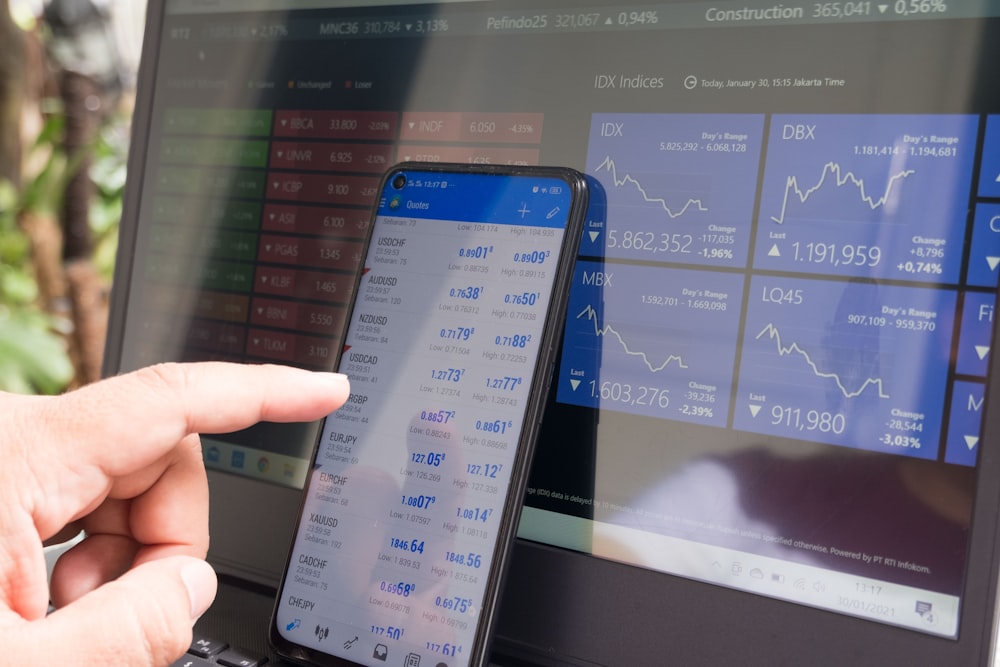High Earnings Growth Will Not Forestall Stock Market Losses
Image Source: Unsplash
- Current high P/E ratios mean future stock returns are at risk unless P/Es remain elevated or earnings growth is exceptionally strong.
- Target date funds, popular in 401(k)s, are much riskier near retirement than most realize, with significant exposure to equities and long-term bonds.
- If the stock market corrects to historical P/E averages, even strong earnings growth won't prevent large losses for equity-heavy portfolios and TDFs.
- Investors, especially baby boomers in TDFs, should consider shifting to safer assets like TIPS and Treasury Bills or less expensive global markets.
Here’s the formula for forecasting returns:
Return = Dividend Yield + (1 + Earnings Growth) X (1 + P/E expansion/contraction) – 1
And here’s a table that uses the formula to calculate Returns for various levels of earnings growth and future P/E. Dividend Yield is estimated at 1%.
Note the last row in the table, where P/Es remain at their current level of 35, so zero P/E expansion/contraction. That Return is simply Earnings Growth (top row) plus the current dividend yield of 1% (not shown).
Note the rows above the last row, reflecting P/E contraction. All Returns are negative, ranging between a 5% loss and a 69% loss for earnings growth in the range of 6-10%, the historic range.
Now, note the row highlighted in yellow identifying the historical average P/E of 15. P/E contraction to the historic norm produces a loss of around 50% even if earnings growth is as high as 22%.
P/E multiples need to remain at or above cthe urrent level of 35 in order to produce a positive return. Strong earnings growth above 16% could help, but P/Es cannot contract any more than 14% (from 35 to 30), in order to earn a single digit positive return.
Target Date Fund Losses
At $4 Trillion and growing, target date funds (TDFs) are the big deal in 401(k) plans and by far the most popular Qualified Default Investment Alternative (QDIA). Most think that TDFs are safe for those near retirement, but only a few actually are. Remember that most TDFs for those near retirement lost more than 30% in 2008. Most TDFs are 85% risky at their target date, with 55% in equities and 35% in risky long-term bonds.
If the stock market loses 50%, TDFs will lose 27.5% for those near retirement even if bonds lose nothing. Baby boomers in TDFs will be shocked.
What’s the point
The math does not support the contention that strong earnings growth is the reason that stock prices keep going up. Investor euphoria is the reason that P/Es remain high. I guess P/Es could get even higher, but it’s also simple math that the more you pay for a stock, the lower the subsequent return on that stock, as shown in the following.
Baby boomers in TDFs should consider getting out and moving to safety. Stock investors should consider less expensive stock markets and safer asset classes like TIPS and Treasury Bills.
Source: World P/E Ratio https://worldperatio.com/
More By This Author:
A Concise And Comprehensive Review Of Asset Class Investment Performance In The First Half Of 2025
Why Is The U.S. Treasury Yield Curve U-Shaped And Why Did The Treasury Buy Back $10 Billion In Notes?
401(k) Warns Baby Boomers In Target Date Funds To Get Out




